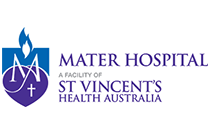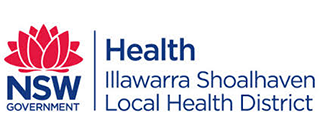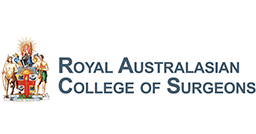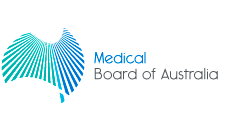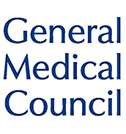Total Hip Replacement
Dr. Thornton-Bott is a fellowship trained, experienced hip surgeon. He has particular expertise in hip surgery including Hip Replacement (Arthroplasty) and Revision Hip Arthroplasty procedures, which are required once the original hip replacement wears out or becomes loose. At your initial consultation Dr. Thornton-Bott will assess your hip complaint and recommend a patient-specific treatment regime to ensure you achieve the very best outcome. This will include both non-surgical and surgical options depending upon the extent of the disease within your hip.
What is a Total Hip Replacement?
When non-surgical treatments are no longer effective in controlling pain or function, Dr. Thornton-Bott may recommend Total Hip Replacement, or THR. The proper term is Arthroplasty = ‘Change to joint’. So it is Total Hip Arthroplasty, or THA. Very simply, the hip is approached through a cut on the skin, muscles are either parted or cut to access the hip joint. The top of the femur, the femoral head (Ball) is cut off and a metal stem is put down the middle of the femur. Onto this stem is placed a new ball. The socket of the hip joint is prepared by removing the damaged cartilage and a new metal socket is placed in the old socket. A liner is fitted into this metal socket recreating the ‘Ball and Socket’ hip joint. The wound is then closed.
There are several ways that Dr. Thornton-Bott can perform your THA:
- Minimally Invasive Anterior Approach or Direct Anterior Approach Hip Arthroplasty
- Minimally Invasive Posterior Approach Hip Arthroplasty.
The key to a successful hip replacement with the best chance of a good functional outcome and the least chance of complications is to choose an experienced skilled hip surgeon. There is clear evidence that the Anterior Approach may afford a quicker short-term recovery, but not all patients are suitable for this approach. The evidence also shows us that at 6-12 months the posterior approach performs equally as well.
What are the success rates if I choose Total Hip Replacement surgery?
Hip replacement surgery is a very successful operation and over 95% of patients are expected to achieve an excellent outcome. This means pain free, good range of motion (ROM) and the ability to get back to both normal activities as well as active sports and recreational activities. Dr. Thornton-Bott aims to provide you with a ‘Forgotten Joint’. i.e. you forget that you have had a hip replacement performed. The ability to achieve this comes with surgical skill and experience.
What are the risks of the procedure?
The risks and complications of total hip replacement are small. However, patients with certain comorbidities, i.e. medical conditions, are more likely to have complications than others, for example, diabetic patients or patients on systemic steroid medication have a higher risk of infection. The important thing to understand is that 95% of patients will have a good to excellent result, and that only a small number will have a lesser result or a complication.
It is important to remember that this is major surgery and although everything is done to reduce the chance of any problems, there are potential risks with this procedure that you will need to be aware of. These include:-
General risks of any operation: Death, Heart attack, Stroke, Respiratory complications, Kidney problems, Bowel problems, Blood clot in the leg (Deep Vein Thrombosis), Blood clot in the lung (Pulmonary Embolism)
Specific risks of Total Hip Replacement: Infection, Pain / Tendonitis, Numbness in front of knee, Loosening of implants, Fracture, Nerve injury, Dislocation, Damage to nerves and/or blood vessels, Leg length discrepancy (operated leg made longer or shorter), Requirement for Revision surgery to address any of the above
Most of these complications are very uncommon and we take precautions to reduce their likelihood to a minimum. These will be discussed with you during the consultation and before you sign any content forms.
The Consent Form you will need to sign prior to your operation is signed on the assumption that you are aware of, and understand these risks. This is called INFORMED CONSENT and is a legal contract between you and Dr. Thornton-Bott. As such, Dr. Thornton-Bott will take time to go through this in detail before you sign the form to ensure you are happy to proceed with the operation.

